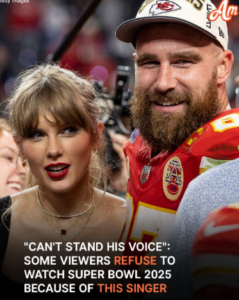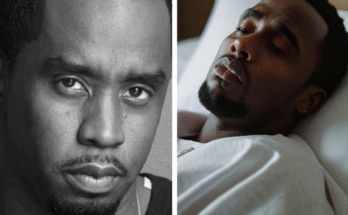The Super Bowl LIX halftime show on February 9, 2025, featured rapper Kendrick Lamar as the headliner, accompanied by special guests including Grammy-winner SZA. While many fans eagerly anticipated Lamar’s performance, a segment of viewers expressed reluctance to watch the event due to personal preferences regarding his music and voice.
Leading up to the Super Bowl, discussions about the halftime show intensified, especially considering Lamar’s ongoing public feud with fellow rapper Drake. This rivalry, which began in 2013, had escalated over the years through various diss tracks and public statements. In 2024, the tension peaked with Drake’s “Push Ups” and Lamar’s “Euphoria,” culminating in Lamar’s hit “Not Like Us,” which won five Grammy Awards. This high-profile clash influenced public perception, with some fans taking sides and expressing disdain for the opposing artist. As a result, certain viewers, particularly Drake supporters, voiced their decision to skip the halftime show, citing their inability to appreciate Lamar’s music and vocal style.
Additionally, the selection of Lamar as the halftime performer sparked controversy in New Orleans, the host city for Super Bowl LIX. Local fans and officials had advocated for native artist Lil Wayne to headline the show, believing his performance would better honor the city’s rich musical heritage. Despite these appeals, the NFL proceeded with Lamar, leading to disappointment among Lil Wayne’s supporters. This decision further fueled the debate, with some viewers expressing their intent to boycott the halftime show in protest.
In response to the controversy, Lil Wayne publicly addressed the situation, revealing that he had spoken with Lamar and offered his support. He stated, “I’ve spoken to him, and I wished him all the best and told him, ‘You better kill it, you got to kill it.'” This gesture aimed to quell tensions and demonstrate unity among artists, yet it did not sway all fans. Some remained steadfast in their decision to avoid the performance, unable to reconcile their personal preferences with the chosen headliner.
Despite the mixed reactions, Lamar’s halftime show proceeded as planned, featuring dynamic performances alongside SZA and other special guests. The event garnered significant viewership and sparked widespread discussion across social media platforms. While some viewers opted out due to their aversion to Lamar’s voice or in protest of the NFL’s selection process, many others praised the performance for its energy and artistry. This dichotomy highlights the subjective nature of musical appreciation and the challenges inherent in selecting performers for events with diverse audiences.
In conclusion, the Super Bowl LIX halftime show featuring Kendrick Lamar elicited a range of responses from viewers. Personal musical tastes, artist rivalries, and regional loyalties all played roles in shaping individual decisions to watch or boycott the performance. This situation underscores the complexities event organizers face in curating entertainment that resonates with a broad and varied audience.
